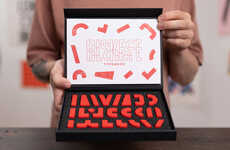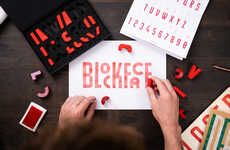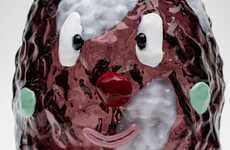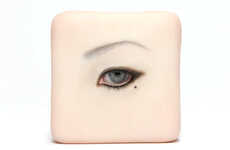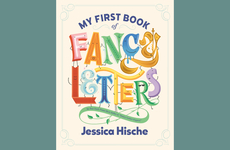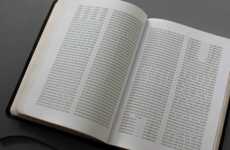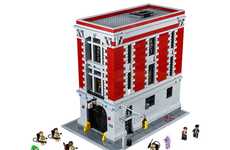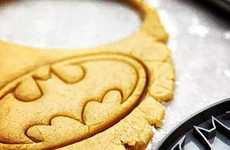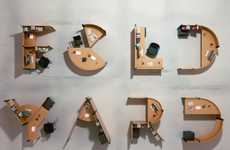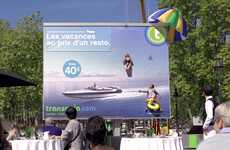
Takayuki Ogawa's Alphabet Design Sculptures Look Like Mouths
M — July 24, 2014 — Art & Design
References: spoon-tamago & neatorama
Artist Takayuki Ogawa put together this rather bizarre alphabet design sculpture series inspired by the human mouth. Each of these three-dimensional letter sculptures rework the movements the mouth makes when it is trying to convey sound.
Ogawa's alphabet series, titled 'Oral:phabet,' captures the expressive nature of the human mouth. Each of the letters are molded from clay to look like the shape the mouth makes when pronouncing that specific letter. For example, the letter K has a protruding tongue to emphasize the letter's harsh cacophony sound. Each of the letter sculptures are white with a striking pink and red flesh mouth. Ogawa refers to his work as "... a disturbingly realistic serious of mouths, lips, teeth and tongues, all hand-crafted from clay and mounted to a wooden frame." From far way it looks as though the letters are tiny little monsters getting ready to speak.
Ogawa's alphabet series, titled 'Oral:phabet,' captures the expressive nature of the human mouth. Each of the letters are molded from clay to look like the shape the mouth makes when pronouncing that specific letter. For example, the letter K has a protruding tongue to emphasize the letter's harsh cacophony sound. Each of the letter sculptures are white with a striking pink and red flesh mouth. Ogawa refers to his work as "... a disturbingly realistic serious of mouths, lips, teeth and tongues, all hand-crafted from clay and mounted to a wooden frame." From far way it looks as though the letters are tiny little monsters getting ready to speak.
Trend Themes
1. 3D Letter Sculptures - Artists can incorporate unique and expressive designs into their typography using 3D printing and sculpting technologies.
2. Mouth-inspired Art - Artists can experiment with incorporating anatomical features of the human body, such as the mouth, into their designs for a bold and unique style.
3. Realistic Clay Sculptures - As an alternative to traditional design mediums, artists can explore the use of realistic clay sculptures to create tactile and immersive artwork.
Industry Implications
1. Art - Artists can use technology to push the boundaries of traditional art forms, creating unique and expressive designs that can be used in a range of industries.
2. Graphic Design - Graphic designers can use inspiration from fine art to incorporate unique and expressive elements into their designs that will capture audience attention.
3. Education - Educators can use non-traditional art forms to inspire creative thinking and challenge students to explore bold and unconventional ideas.
6.1
Score
Popularity
Activity
Freshness

